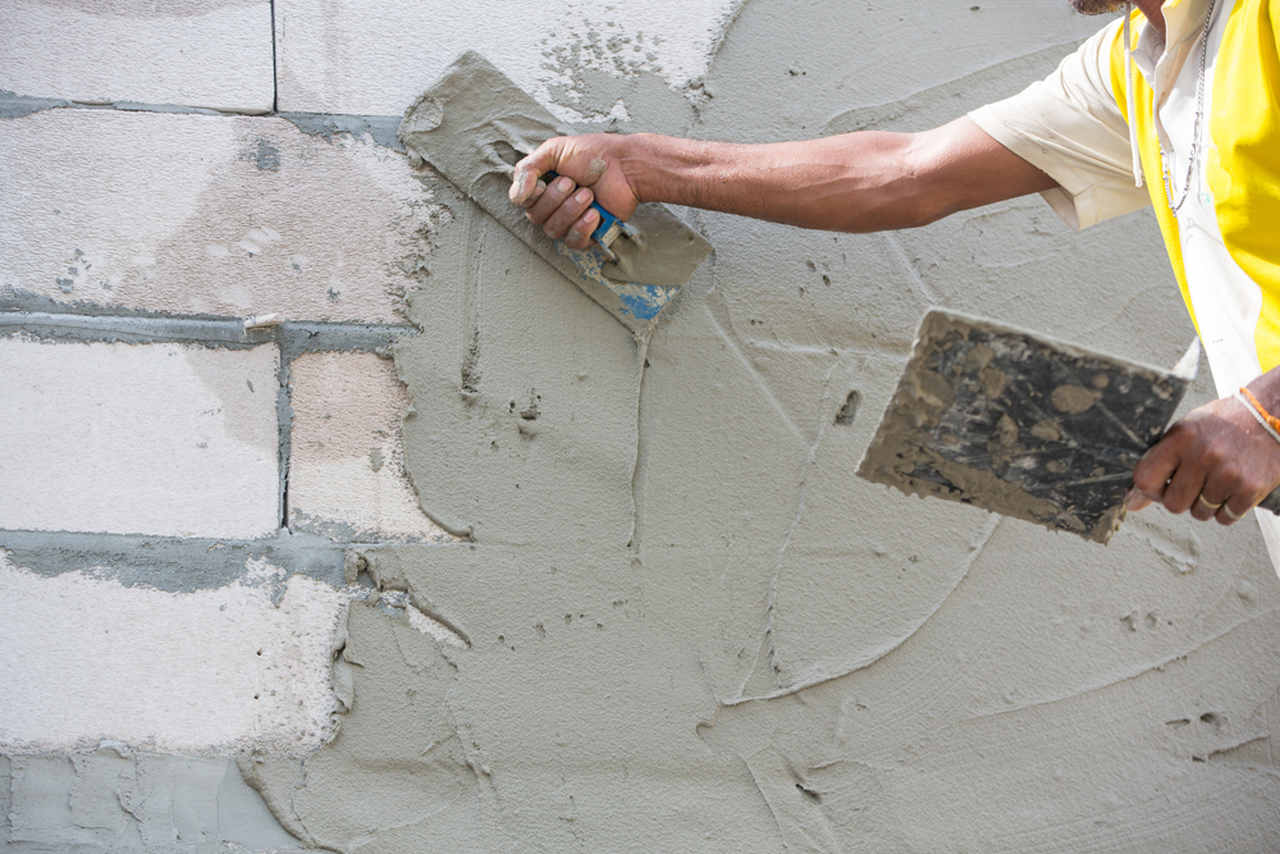
Concrete is the most common load-bearing building material used today which consists of cement, water, aggregate, chemical additives, and mineral additives due to its features such as being affordable, high-pressure resistance, long-lasting use, and easy to shape.
The quality of this material, which we can call indispensable of the building sector, also affects the quality of the entire building. Quality concrete does not mean concrete produced only by suitable conditions and components.
It is also necessary for this concrete to arrive at the construction site under suitable conditions, to place it, to apply it, and to perform its periodic maintenance. Otherwise, concrete surface defects occur and this negatively affects the service life and performance of the concrete.
What Causes Concrete Surface Defects?
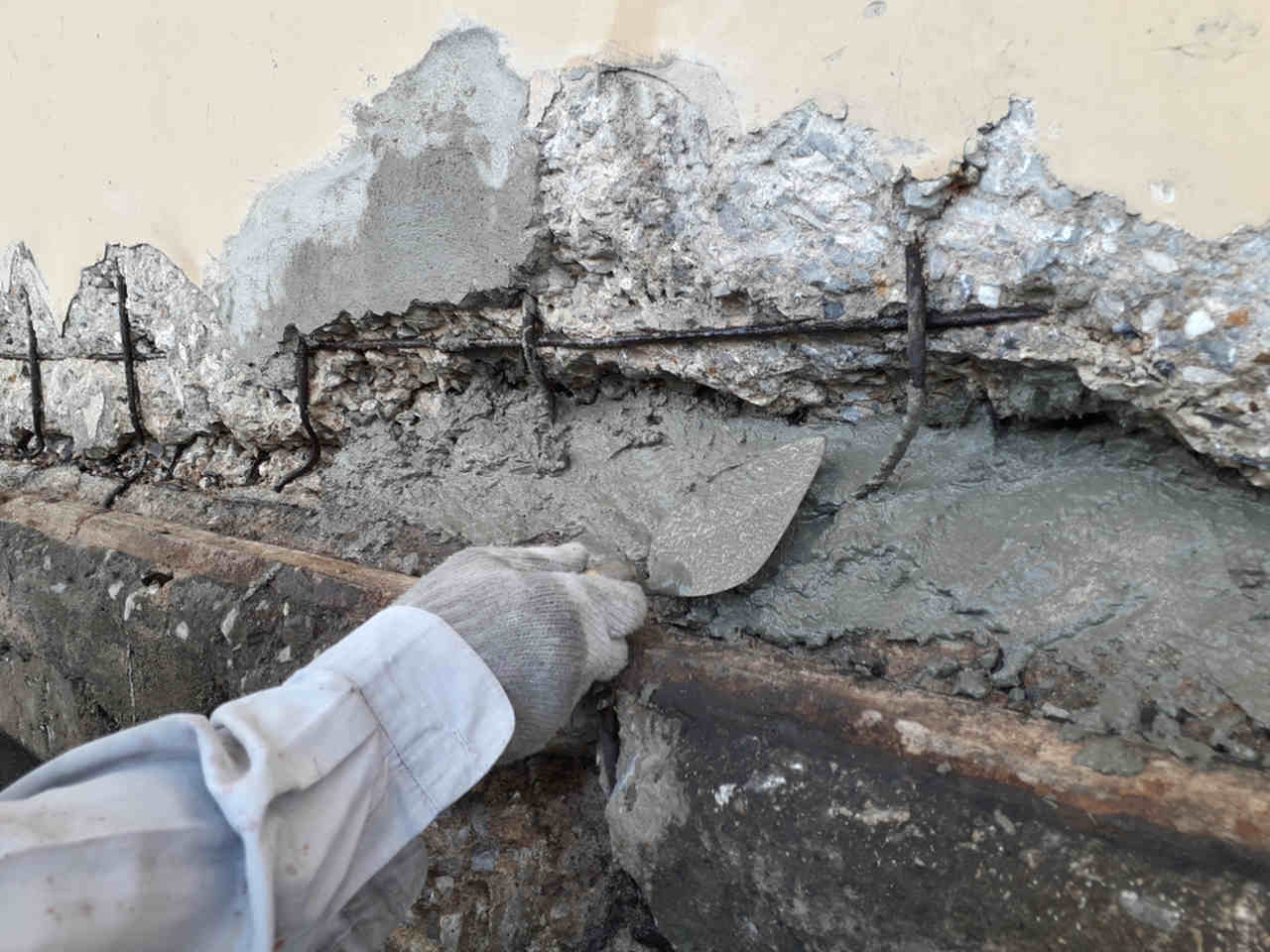
Most concrete surface defects occur due to problems during surface smoothing and curing. Concrete surface defects are listed as peeling, dusting, blistering, blooming, plastic shrinkage cracks, hardened concrete cracks, joint damage, but the list goes on.
If the concrete surface defects are not repaired in a correct way, the concrete will be affected by external factors and its damage will enlarge, corrosion will occur and the structure will be irreversibly affected.
Starting from this point of view, it is possible to conclude that concrete surface damages directly affect the performance and lifetime of the structure as well as the aesthetic appearance. So how should the concrete surface be prepared and the concrete surface defects be repaired?
How is a Concrete Surface Prepared?
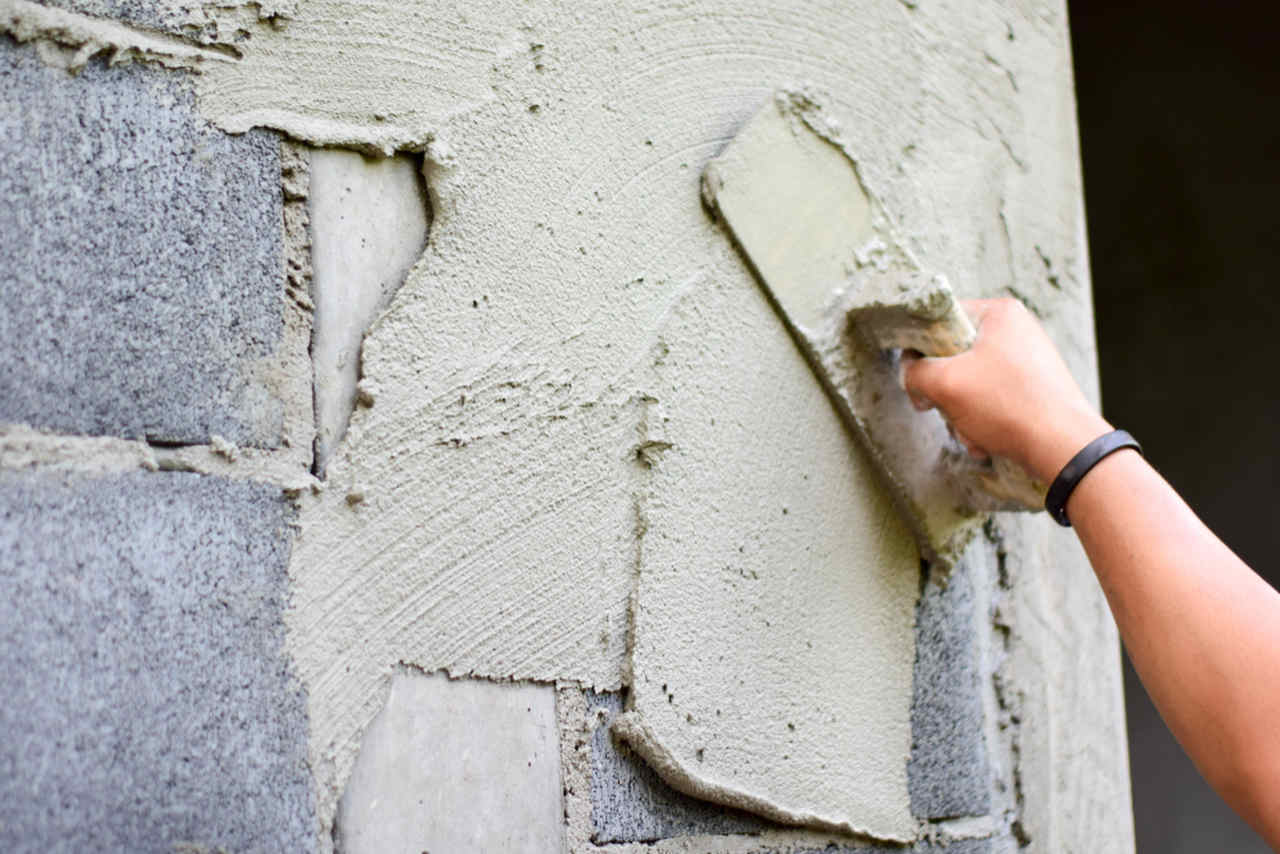
For a structure to be long-lasting and high-performance, the problems that negatively affect the performance properties of concrete must be eliminated. In addition to the quality of the concrete material for a solid structure, good workmanship and the correct use of the material are also extremely important.
While preparing the concrete surface, the right material should be applied with the right equipment under appropriate atmospheric conditions. Otherwise, some concrete surface defects are detected at the end of the application and their repair leads to extra costs.
How to Fix a Concrete Surface?

Since every application made during the design and construction period directly affects the concrete properties, first of all, all stages should be taken care of. All defects and damages that occur on the concrete surface should be resolved by considering the reasons in the design process and application of the structure one by one.
All details must be properly investigated, as each defect on the concrete surface may be due to a different reason.
In other words, the concrete surface application must be completed under the right material, the right application, and the right conditions. Concrete should be finished with the last application to be made in the most correct way and should be bonded with a strong adherence to the coating material that will be placed on it.
Cement-based repair mortars are mostly preferred for concrete surface repair. These cement-based repair mortars are polymer-reinforced, high-strength ready-made mortars.
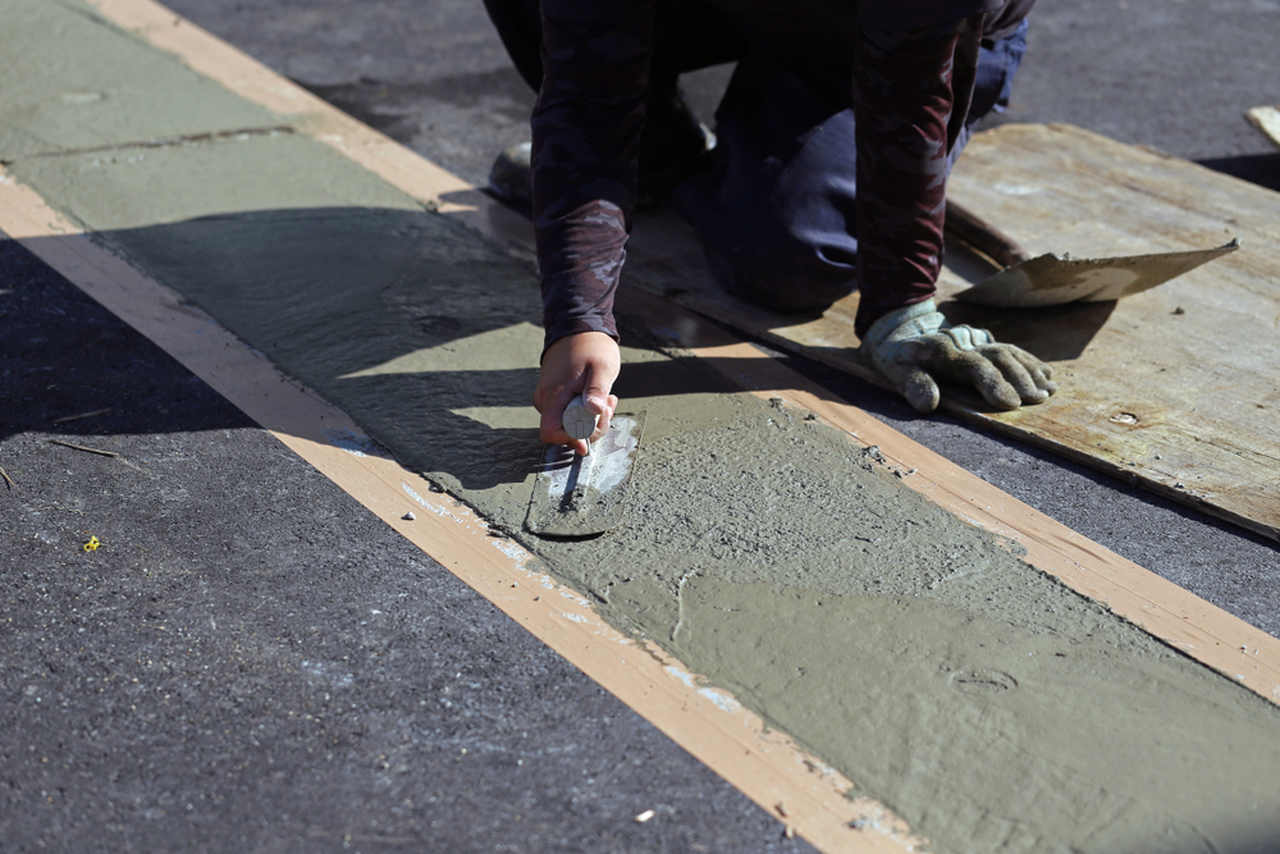
There are two types of concrete surface repair mortar, thin and thick. Thin repair mortars have a composition containing smaller aggregates. It is suitable for the repair of plaster cracks and holes and fine surface corrections.
Thick repair mortars have a thicker aggregate content. They can make thick fillings and thus can be used in plaster, crack and hole repairs, plastering plaster and concrete surfaces for leveling purposes, and creating a solid and smooth structure for top surface application.
With the concrete surface repair mortars we mentioned, possible concrete defects should be corrected and the concrete should be prepared in the most appropriate way for the final coating. Afterward, building materials such as ceramics and paint, which are the final coating materials, must be strongly attached to the concrete floor.
Which is the Best Concrete Surface Repair Mortar?
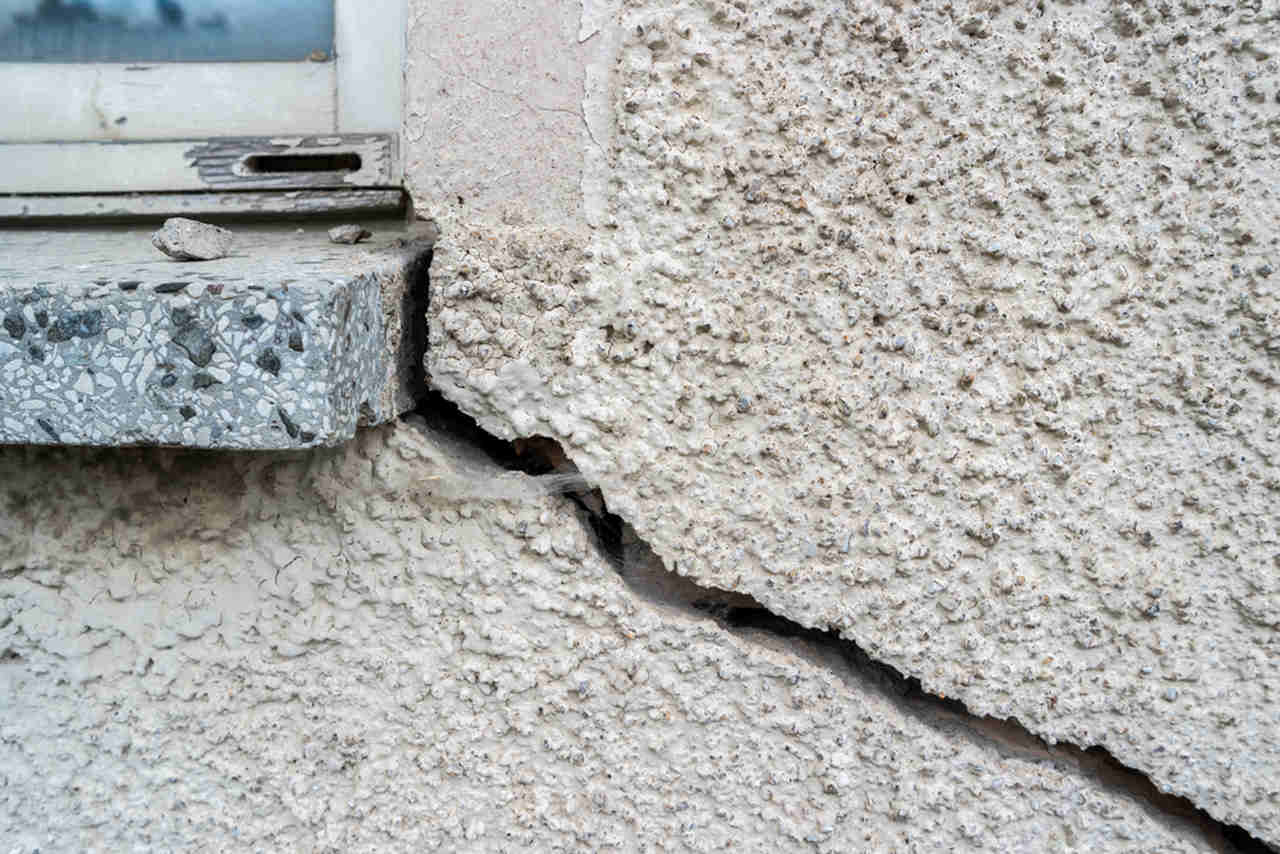
As we mentioned in the previous titles, the concrete surface application is a process that must be done in detail and intently. On the other hand, when the question of "which is the best concrete correction mortar?" is asked, we have concluded that there will not be a single answer when asked.
In this sense, cement-based repair mortars, which we can consider as one of the best concrete correction and repair mortars, are widely used. However, cement-based correction and repair mortars also have many options.
Because every application needs a different repair mortar solution. The point to be considered here is that the material must have high-quality content.
These materials, which we call concrete repair mortars, are used in the repair of reinforced concrete structural elements, in the protection of concrete against the effects of sulfate and chlorine, in the repair and protection of underground structures, in the repair of high-strength concrete elements and surfaces with light and medium traffic loads, tie-rod holes and used to fill core cavities.
Concrete repair mortars must adhere perfectly to concrete and reinforcement. In addition, high-pressure resistance, water impermeability, resistance to chemicals such as chlorine, sulfate, and oil are other essential features.
For the best accurate concrete surface application, we recommend you to take a look at our structural repair mortars, one of the concrete repair and reinforcement systems products of Baumerk, the construction chemicals specialist. You can also contact Baumerk's technical team to help you choose the most ideal concrete repair mortar for you.



